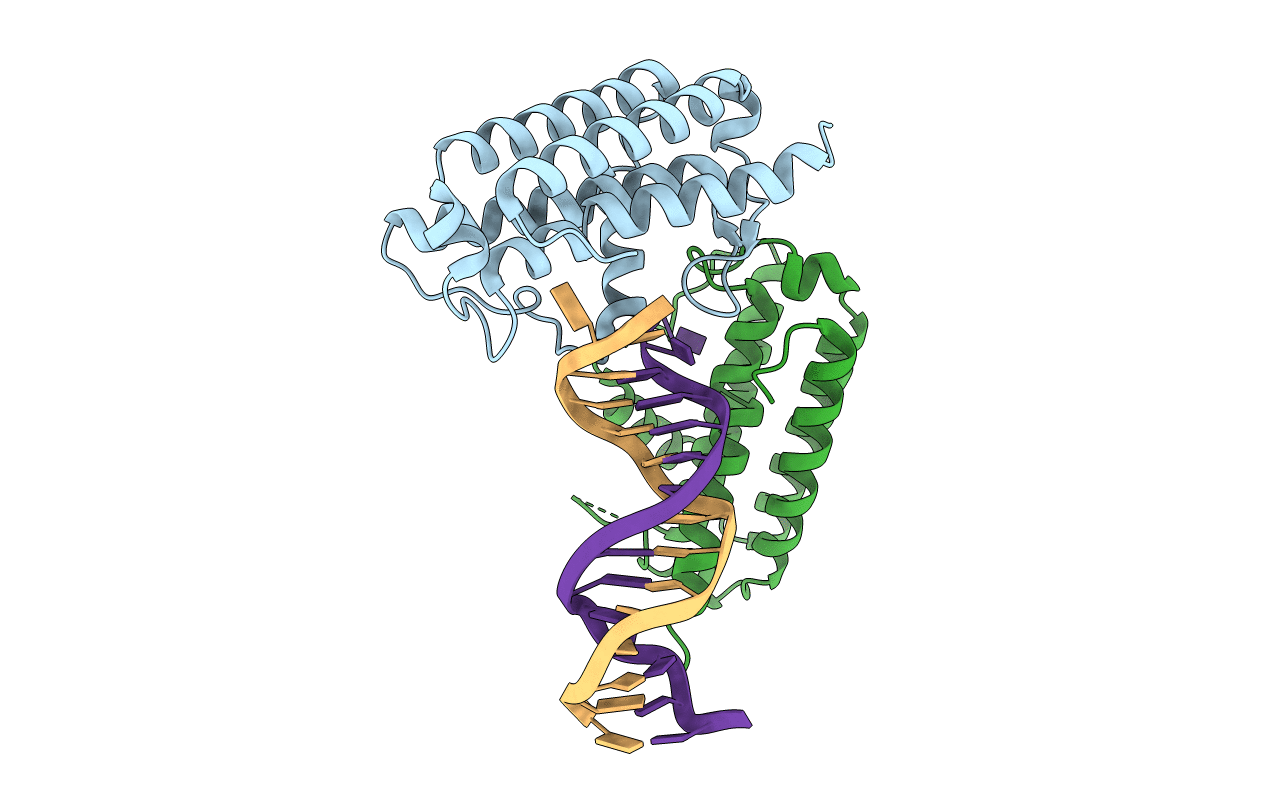
Deposition Date
2021-05-13
Release Date
2021-05-26
Last Version Date
2023-10-18
Entry Detail
PDB ID:
7MTL
Keywords:
Title:
Crystal structure of colibactin self-resistance protein ClbS in complex with a dsDNA
Biological Source:
Source Organism:
Escherichia coli (Taxon ID: 562)
Synthetic construct (Taxon ID: 32630)
Synthetic construct (Taxon ID: 32630)
Host Organism:
Method Details:
Experimental Method:
Resolution:
2.45 Å
R-Value Free:
0.28
R-Value Work:
0.23
R-Value Observed:
0.23
Space Group:
P 21 21 21


